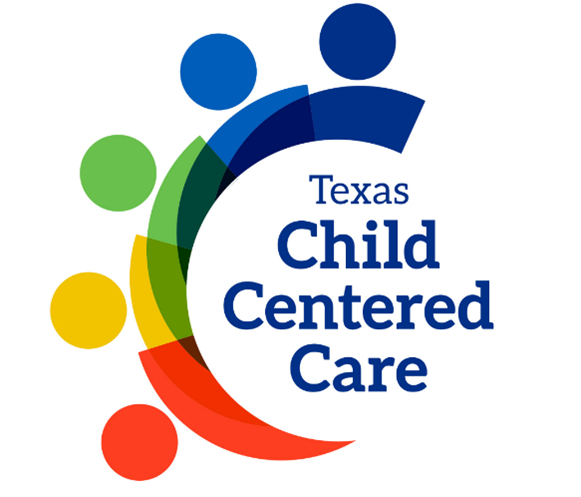Subscribe
Overview
What is Texas Child-Centered Care?
Texas Child-Centered Care, or T3C, represents a complete transformation of the foster care system. It is the result of a multi-year effort directed by the Texas Legislature, supported by DFPS in collaboration with the Texas Health and Human Services Commission (HHSC), and guided by countless residential childcare providers and other child welfare stakeholders.
T3C replaces the Service Level System, with a universal child assessment tool and placement process, twenty-four clearly defined Service Packages and three Add-On Services, new fully funded rate methodology, and new opportunities to claim federal funds for foster care services.
Having a comprehensive array of clearly defined Service Packages and supporting rate methodology aligns the cost of care with specific services, offering more stability for Residential Child Care providers and Caregivers.

The new rate methodology offers more efficiency and eliminates the need for multiple payments, by consolidating compensation for things such as awake night supervision in General Residential Operations into the child’s daily rate. The new service array offers new opportunities for the state to draw down federal Title IV-E funding by incorporating specific packages that align with changes made by the Family First Prevention Services Act, allowing for enhanced claiming.
There are new opportunities that this modernized system represents for children, youth, and young adults living in foster care. T3C is designed to improve safety, permanency, and well-being outcomes, offer continued opportunity for foster care system improvement through a robust Continuous Quality Assurance and Improvement Process, and lessen the need to look outside the established foster care continuum for services.
How Did the Idea of Texas Child-Centered Care (T3C) Begin?
HHSC partnered with Public Consulting Group (PCG) to conduct a study on foster care rates. In the summer and fall of 2020, PCG conducted meetings with providers and other stakeholders to discuss the existing foster care rate structure, looked at other states' models, and evaluated Texas-specific data to identify improvements to address capacity challenges and improve the foster care system.
The PCG study resulted in six key findings:
- The current foster care rates do not clearly align with cost of care;
- The current rate level system, whereby rates can fluctuate for children based on assessed service level, creates fiscal challenges;
- The current rate development process is primarily retrospective;
- The rate calculations mix retrospective costs with forecasted placements;
- There is an over-reliance on fundraising to support contract requirements; and
- There is a lack of financial incentives and accountability in the rates.
Informed by the findings of the PCG study, the HHSC Foster Care Rate Methodology Report was presented to the 87th Legislature in February 2021. After considering the findings and recommendations outlined in the report, the 87th Legislature passed the General Appropriations Act, Senate Bill 1, Regular Session, 2021 (Article II, Special Provisions Relating to All Health and Human Services Agencies, Section 26) which requires DFPS, with the assistance of HHSC, to develop an alternative reimbursement methodology proposal for foster care and Community-based Care rates for consideration by the 88th Texas Legislature. DFPS and HHSC began work on this project known as “Texas Child-Centered Care” (T3C), formerly Foster Care Rate Modernization, in June of 2021. T3C transforms the foster care system to better align and support the success of CBC by establishing:
- Clearly defined foster care models/service packages;
- New foster care rate methodology;
- A universal screening assessment and placement process to match children to the appropriate services; and
- Opportunities to enhance Title IV-E claiming of federal funds.
